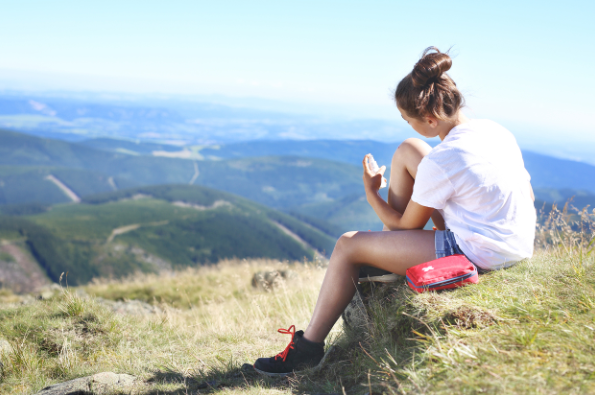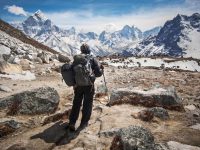When preparing a hiking first aid kit, there are many things that need to be taken into account. Often the solution isn’t to take absolutely everything you can think of; after all, you don’t want to be carrying unnecessary weight. However, you need to be prepared. This will depend on where you’re going, how long for, and the kind of terrain you’ll encounter. In this article, we walk you through how to plan your hiking first kit, from the bare essentials to more specialist kit.
Assessing the situation: Questions to ask
Some hikers venture out with such comprehensive first aid kits you’d think they were planning to do open heart surgery in the wilderness. Contrastingly, others will pack some band-aids and rubbing alcohol and hope for the best! Ultimately, you need to find a happy medium. Before putting together your hiking first aid kit, there are three questions you ought to ask:
- Where am I going?
- Is this item essential to my safety?
- What would happen if I didn’t pack it?
With these simple rules, hikers can begin to put together a first aid kit that meets individual needs and addresses the challenges of the environment.
The staples of a hiking first aid kit

Whether you’re hiking in the USA, Patagonia or India, there are some staples to include in your first aid kit. A good tip is to always opt for travel or pocket-sized products to save on space. Otherwise, our list of essential items includes:
- Duct tape
The humble roll of duct tape is useful in a whole variety of situations, from shoe repairs to makeshift shelters. Opt for a small roll to save on space.
- Band-aids
Band-aids – where would we be without them? Make sure to pack a good selection, including butterfly closure strips.
- Bandages and surgical tape
In the event of sustaining any more serious injuries, sterile, non-stick bandages and medical tape are key.
- Antiseptic wipes
Antiseptic wipes are a no muss, no fuss way to make sure any injuries are clean and sterile.
- Hand sanitizer
Hand sanitizer in a travel size bottle is the best way to make sure your hands are germ-free in the great outdoors.
- Latex-free medical gloves
If your hiking buddy is badly hurt, you may need to examine them. To make sure any wounds aren’t infected, it’s important to have a few pairs of sterile medical gloves. Be sure to buy a latex-free variety, as allergies are common.
- Ibuprofen
Any brand of anti-inflammatory and pain-relieving pills are important in case someone twists their ankle or pulls a muscle.
- Antihistamine
Even if you don’t suffer from allergies, be sure to take a pack of antihistamine in case of any unfamiliar bites or reactions.
- Multi-tool
Compact multi-tools like Swiss Army knives are extremely useful. Make sure to get one with knives, scissors, and tweezers.
- Safety pins
Safety pins are handy for repairs and fashioning slings from clothing.
Hiking in remote areas or developing countries
Anything you choose to pack in your hiking first aid kit will depend on where you’re going. For example, if you are heading into more remote areas, it may be useful to pack a small emergency fire starter. Equally, hiking in developing countries requires some extra planning. Before your trip make sure to consult the World Health Organization website, where you can find out about any health risks associated with your destination. However, a good selection of basic medication includes broad-spectrum antibiotics; rehydration solution; and diarrhea relief. Make sure to consult your doctor before taking any new medication and always carry a card with an emergency contact and personal health details.
No comments yet
There are no comments on this post yet.






Leave a comment